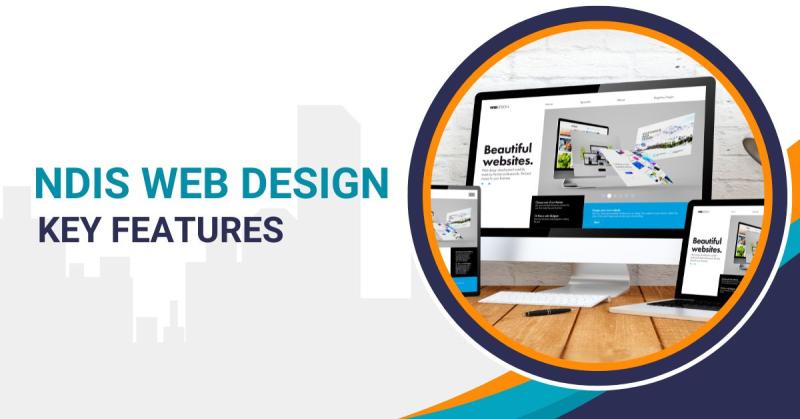7 Must-Have Features for Your NDIS Web Design

Creating an effective NDIS (National Disability Insurance Scheme) website is crucial for providers aiming to connect with clients and offer vital information and services. A well-structured NDIS website not only attracts visitors but also ensures they can easily navigate and find the support they need. Here are seven essential elements to consider when designing your NDIS website, along with practical tips for implementation.
1. User-Centric Design
A user-centric approach is the foundation of any successful NDIS web design. Understand your target audience, including individuals with disabilities, their families, and caregivers. Conduct user research through surveys or interviews to gather insights into their needs and preferences.
Tips: Develop personas that reflect various user types to inform your design choices. Consistently evaluate your website with actual users to uncover issues and opportunities for enhancement.
2. Accessibility Features
Accessibility is paramount in NDIS web development. Ensure your website complies with the Web Content Accessibility Guidelines (WCAG). This includes providing text alternatives for images, enabling keyboard navigation, and maintaining high colour contrast for readability.
Tips:
Use accessibility evaluation tools like WAVE or Axe to identify areas needing improvement.
Consider adding features like adjustable text size and screen reader compatibility.
3. Clear Navigation
A straightforward navigation structure is essential for any NDIS website development project. Use clear, descriptive labels for menu items and implement breadcrumb navigation to help users track their location within the site.
Tips:
Reduce the number of menu items to prevent overwhelming users.
Use dropdown menus for subcategories, keeping the main navigation clean and uncluttered.
4. Informative Content
Your NDIS website should provide valuable, easily digestible content. Include detailed information about services, eligibility criteria, application processes, and resources available to clients. Use simple language and break down complex concepts into easy-to-understand sections.
Tips:
Incorporate multimedia elements like infographics and videos to explain services visually.
Use FAQs to address common queries and improve user comprehension.
5. Engaging Visuals
Incorporate engaging visuals throughout your NDIS website design. Use images and videos that reflect diversity and inclusivity, showcasing real-life scenarios that resonate with your audience.
Tips:
Invest in high-quality images that represent your clientele authentically.
Use a consistent colour palette and design style to create a cohesive look.
6. Mobile Responsiveness
With many users accessing websites via mobile devices, ensuring your NDIS website is mobile-responsive is crucial. A responsive design adapts seamlessly to different screen sizes, providing an optimal viewing experience for all users.
Tips:
Evaluate your website across different devices and browsers to confirm compatibility.
Use responsive design frameworks like Bootstrap to simplify the development process.
7. Strong Call to Action
Every page on your NDIS website should have a clear call to action (CTA). Whether it’s encouraging users to contact you, sign up for newsletters, or learn more about services, effective CTAs guide users toward the next steps.
Tips:
Make CTAs visually distinct using contrasting colours and prominent placement.
Use action-oriented language to create urgency (e.g., "Get Started Today" or "Contact Us Now").
Conclusion
Designing the perfect NDIS website requires careful consideration of various elements that prioritize accessibility, usability, and user engagement. By focusing on user-centric design, implementing necessary accessibility features, and providing informative content, you can create an impactful online presence.
Investing in thoughtful NDIS web design and development not only enhances the user experience but also demonstrates your commitment to supporting individuals with disabilities. Following these tips will help you create a comprehensive and effective NDIS website that meets the needs of your audience while showcasing your services effectively.
Post Your Ad Here
Comments